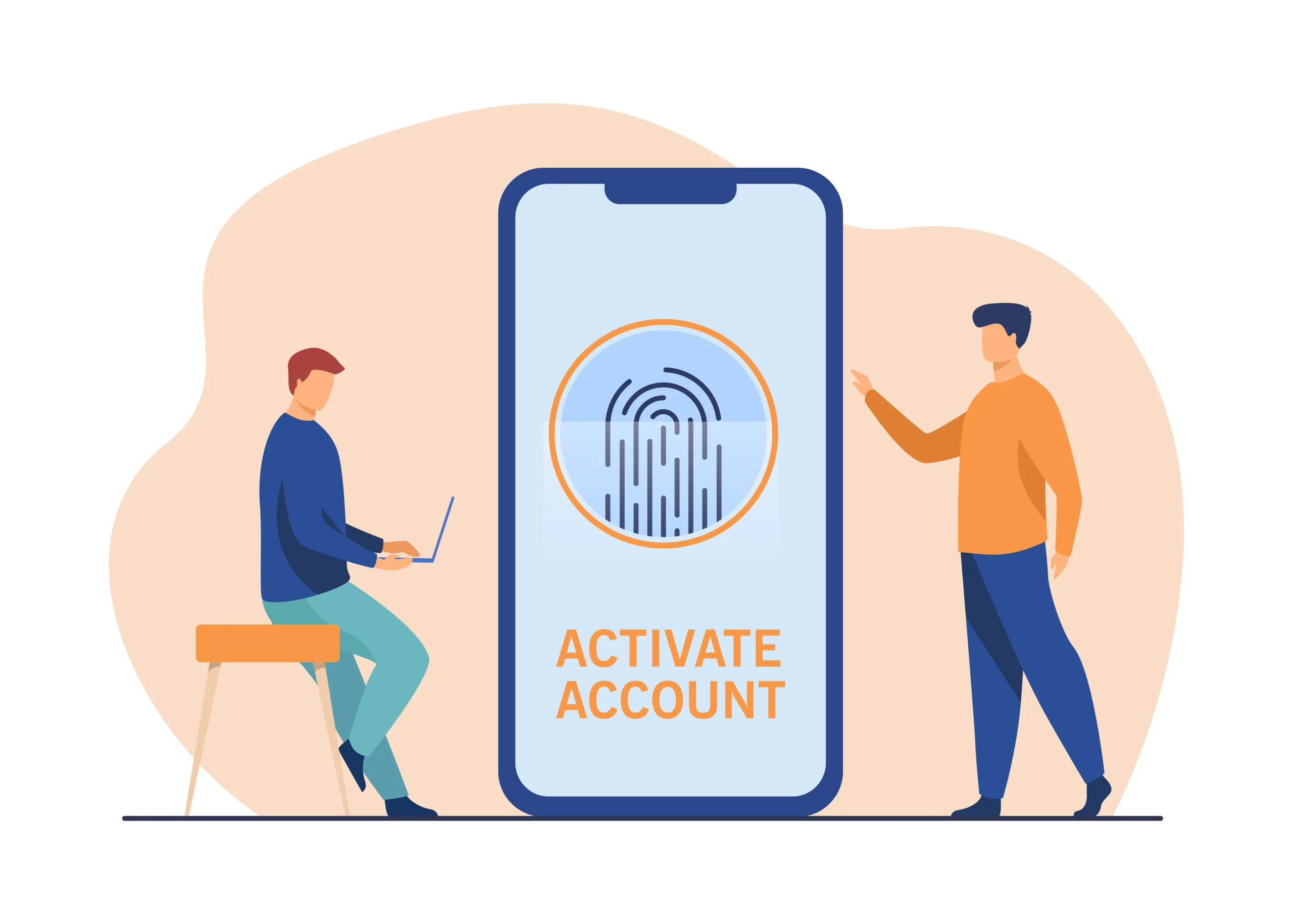In today’s fast-paced digital world, net banking has become a necessity for managing financial transactions conveniently from the comfort of your home. Whether you are a tech-savvy individual or a newcomer to the world of online banking, understanding how to open net banking is crucial. This guide will walk you through the process step-by-step, ensuring you can access and manage your bank accounts online with ease.
Understanding Net Banking
Before diving into the procedure of opening net banking, it’s essential to understand what it entails. Net banking, also known as online banking, allows you to perform various financial transactions via the internet. This service includes checking account balances, transferring funds, paying bills, and more, all from a secure online portal provided by your bank.
Why Open Net Banking?
Opening net banking offers numerous advantages, including:
- Convenience: Access your bank account anytime, anywhere.
- 24/7 Access: Manage your finances outside of traditional banking hours.
- Quick Transactions: Transfer funds, pay bills, and check balances instantly.
- Reduced Paperwork: Minimize the need for physical documents and trips to the bank.
Prerequisites for Opening Net Banking
Before you start the process, ensure you meet the following prerequisites:
- Active Bank Account: You need a current or savings account with a bank that offers net banking services.
- Internet Access: A stable internet connection is necessary for accessing online banking services.
- Device: A computer, smartphone, or tablet with a web browser or banking app.
Step-by-Step Guide to Opening Net Banking
Step 1: Visit Your Bank’s Website or Mobile App
- Go to the Bank’s Official Website: Navigate to your bank’s official website using a secure internet connection. Look for the ‘Net Banking’ or ‘Online Banking’ section, which is usually located on the homepage or under the ‘Services’ tab.
- Download the Mobile App: If your bank provides a mobile app, you can download it from the App Store or Google Play Store. The app often has an option to register for net banking.
Step 2: Register for Net Banking
- Locate the Registration Section: On the bank’s website or app, find the ‘Register’ or ‘Sign Up’ option for net banking. This might also be labeled as ‘New User Registration’.
- Provide Necessary Details: You will be asked to enter details such as your account number, customer ID, and other personal information. Ensure you enter these details accurately to avoid any issues.
- Set Up Security Features: Choose a username and password that are unique and secure. You may also be required to set up security questions or enable two-factor authentication for added protection.
Step 3: Verify Your Identity
- Receive OTP or Verification Code: Most banks will send a One-Time Password (OTP) or a verification code to your registered mobile number or email address. Enter this code in the required field to proceed with the registration.
- Complete the Verification Process: Follow any additional verification steps provided by your bank. This might include answering security questions or submitting identification documents.
Step 4: Activate Your Net Banking Account
- Log In to Your New Account: Once registered, log in to your net banking account using the username and password you created.
- Customize Your Settings: Update your account settings according to your preferences. You might want to enable features such as transaction alerts or set up recurring payments.
- Explore the Dashboard: Familiarize yourself with the net banking dashboard. Learn how to navigate through various options such as fund transfers, bill payments, and account management.
Troubleshooting Common Issues
While setting up net banking, you might encounter some common issues. Here’s how to troubleshoot them:
- Forgot Password: Use the ‘Forgot Password’ feature on the bank’s website or app to reset your password. You will need to verify your identity through OTP or security questions.
- Login Issues: Ensure that you are using the correct username and password. Clear your browser’s cache or try accessing net banking from a different device.
- Verification Problems: If you don’t receive an OTP or verification code, check your mobile number or email address for accuracy. Contact your bank’s customer service if the problem persists.
Security Tips for Net Banking
- Use Strong Passwords: Create a password that combines letters, numbers, and special characters. Avoid using easily guessable information.
- Enable Two-Factor Authentication: Adding an extra layer of security helps protect your account from unauthorized access.
- Monitor Your Account Regularly: Regularly check your account statements and transaction history to spot any suspicious activity.
- Avoid Public Wi-Fi: Refrain from accessing your bank account over unsecured public Wi-Fi networks.
- Update Your Software: Ensure your operating system, browser, and banking app are up-to-date with the latest security patches.
Conclusion
Opening net banking is a straightforward process that offers unparalleled convenience and flexibility for managing your finances. By following the steps outlined in this guide, you can set up your net banking account securely and efficiently. Remember to keep your login credentials safe, monitor your account regularly, and stay informed about the latest security practices to protect your financial information. Embracing net banking can greatly enhance your financial management experience, providing you with the tools to handle your banking needs from anywhere, at any time.


